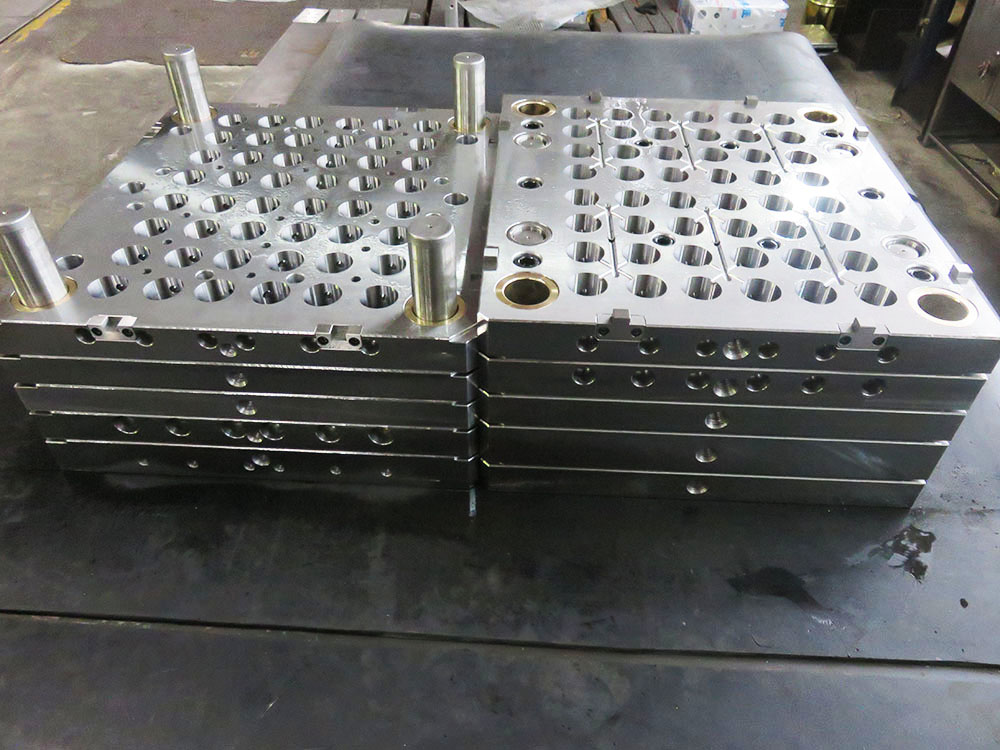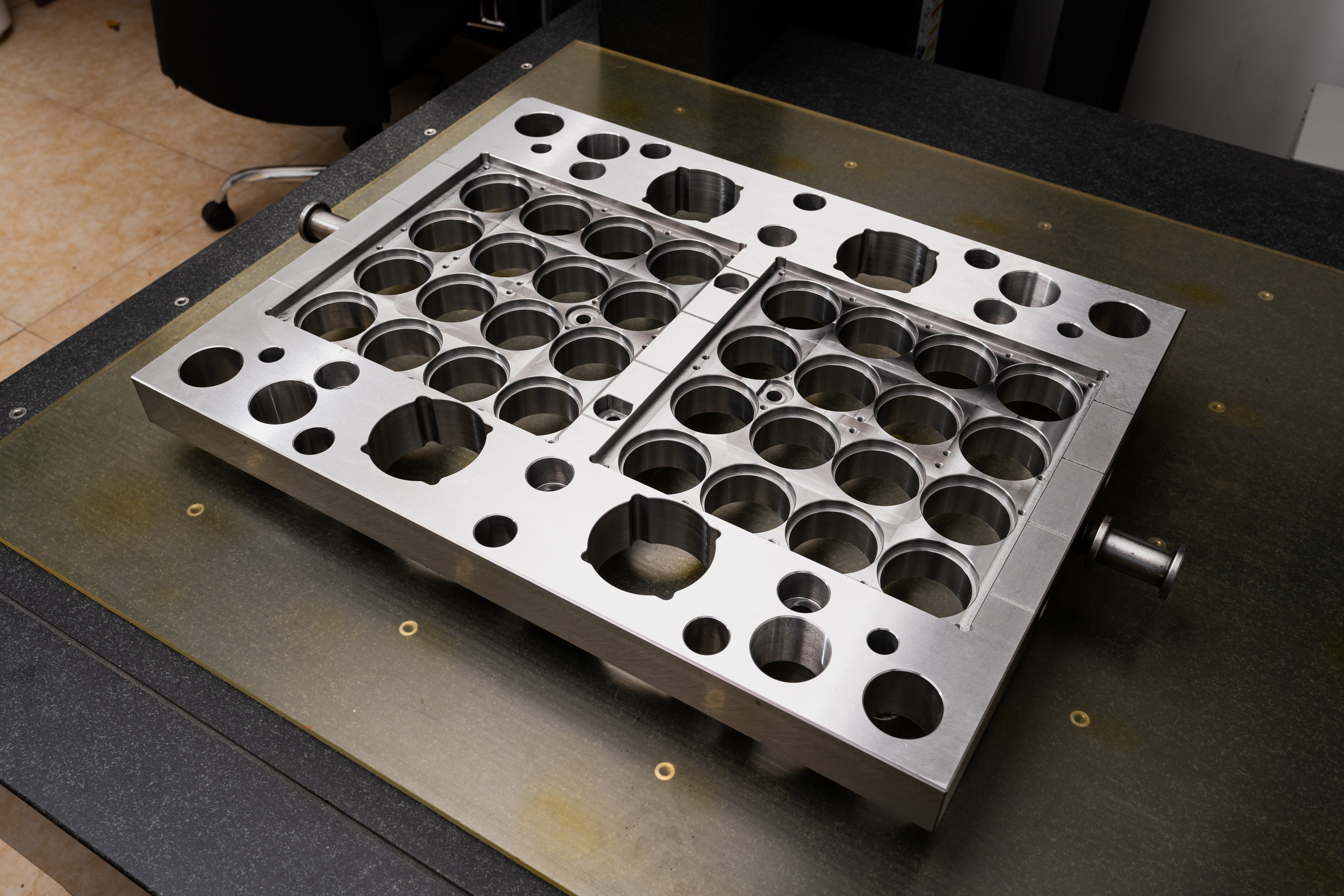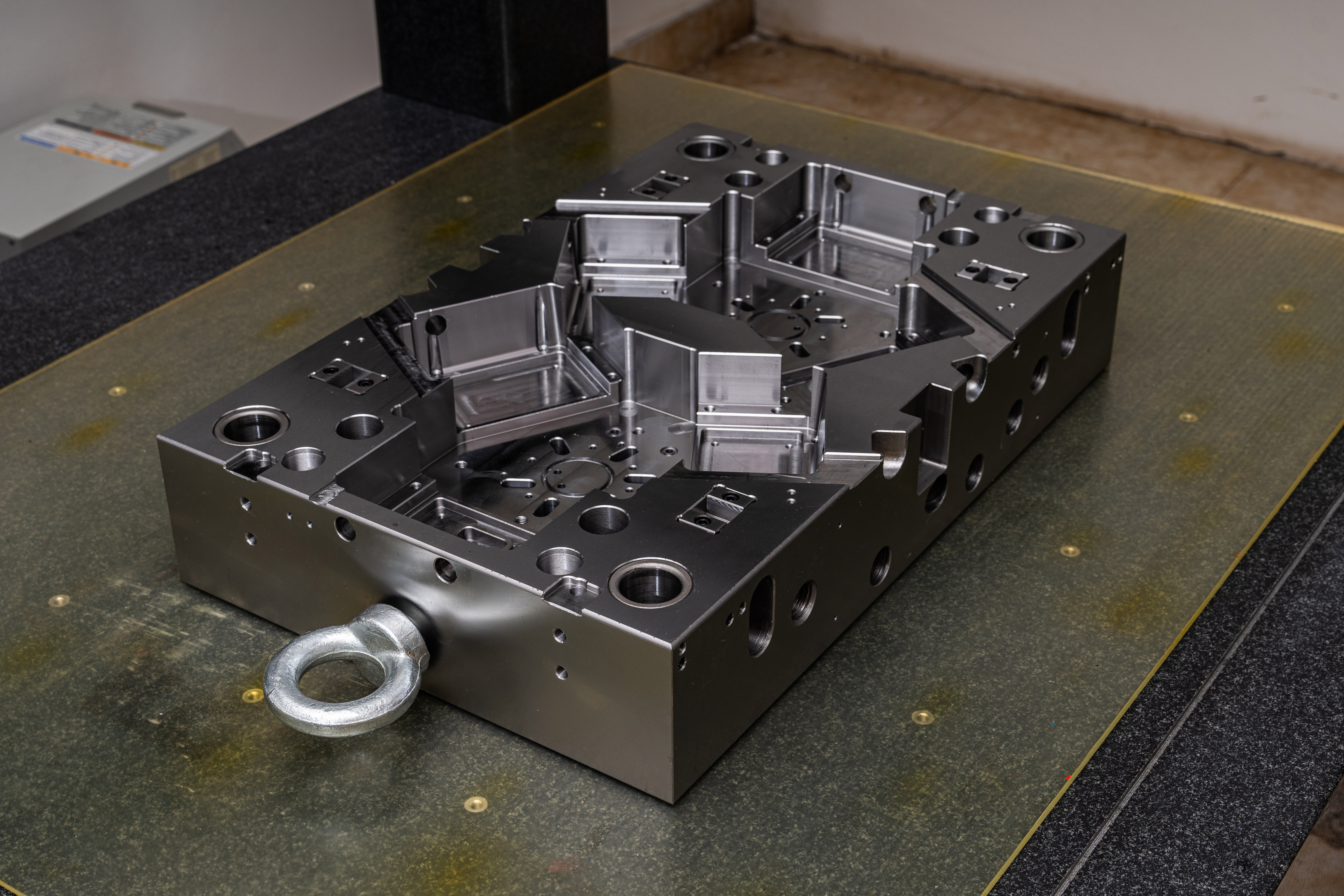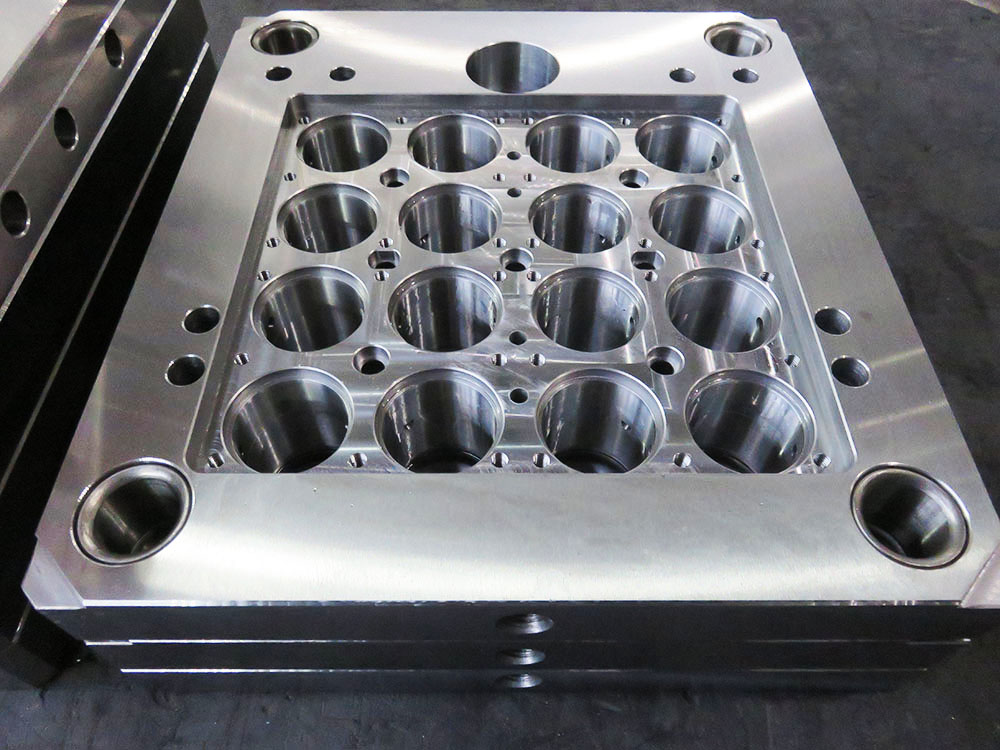Mold Base - How to Adjust the Thickness of a Die Casting Mold Frame - Video Tutorial
In the mold base industry, one crucial aspect of ensuring quality die casting products is the ability to adjust the thickness of a mold frame accurately. In this video tutorial, we will guide you through the step-by-step process of adjusting the thickness of a die casting mold frame for optimal performance and production efficiency. Let's get started!
Step 1: Understanding the Importance of Mold Frame Thickness
The mold frame thickness plays a critical role in the die casting process. It directly affects the overall strength, stability, and precision of the mold, which ultimately impacts the quality of the final product. Therefore, it is essential to be able to adjust the mold frame thickness correctly to meet the specific requirements of each casting project.
Step 2: Assessing the Current Mold Frame Thickness
Prior to making any adjustments, it is crucial to assess the current thickness of the mold frame. Use precision measuring tools such as calipers or micrometers to accurately measure the thickness. Record these measurements as a reference before proceeding with any adjustments.
Step 3: Identifying the Target Thickness
Based on the requirements of the casting project, determine the target thickness for the mold frame. This measurement should take into consideration factors such as material properties, part geometry, and the desired level of precision.
Step 4: Adjusting the Mold Frame Thickness
Now that you have the current thickness and the target thickness, it is time to make the necessary adjustments to the mold frame. The following steps outline a general approach to this process:
1. Using appropriate tools, carefully remove the mold frame from the die casting machine.
2. Identify the areas of the frame that require adjustment to achieve the desired thickness.
3. Use precision machining techniques such as milling or grinding to remove or add material to the identified areas. Ensure that the adjustments are made uniformly and accurately to maintain the integrity of the mold frame.
4. Re-measure the thickness of the mold frame periodically during the adjustment process to ensure that it aligns with the target thickness.
5. Continue making necessary adjustments until the target thickness is achieved.
Step 5: Verifying the Adjusted Thickness
Once you have made the necessary adjustments, it is essential to verify the final thickness of the mold frame. Use the measuring tools mentioned in Step 2 to measure the thickness accurately. Compare this measurement with the target thickness and ensure they are within an acceptable tolerance range.
Step 6: Reinstalling the Mold Frame
After verifying the adjusted thickness, carefully reinstall the mold frame back into the die casting machine. Ensure that all components are securely fastened and aligned properly.
Conclusion
Adjusting the thickness of a die casting mold frame is a crucial step in ensuring high-quality die casting products. By following the steps outlined in this video tutorial, you will be able to achieve the desired thickness with precision and accuracy. Remember to maintain the uniformity of adjustments and periodically measure the thickness to ensure it aligns with the target thickness. With proper adjustment techniques, you can optimize the performance and efficiency of your mold base, resulting in top-notch die casting products.
Thank you for watching this video tutorial on how to adjust the thickness of a die casting mold frame in the mold base industry. We hope you found this information helpful in your die casting endeavors.




